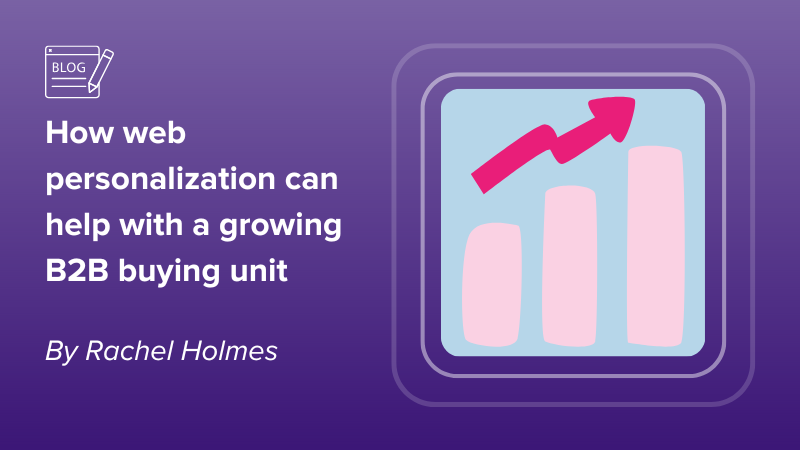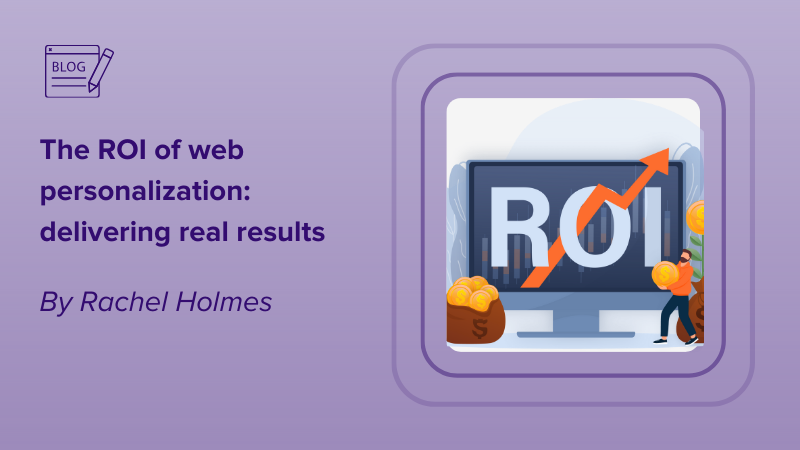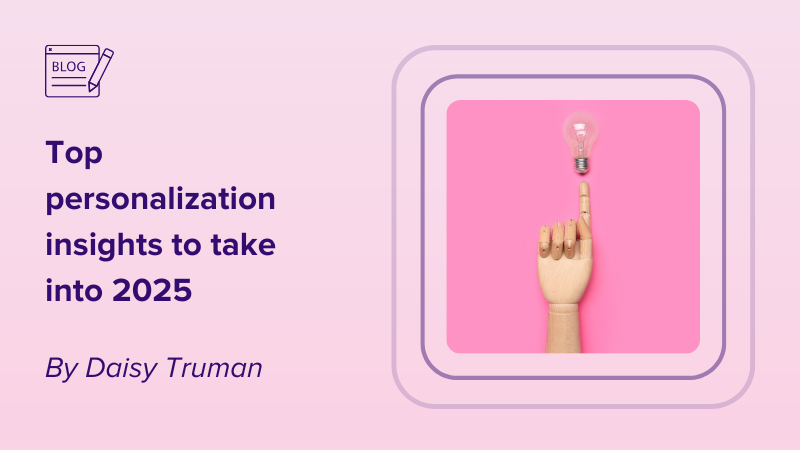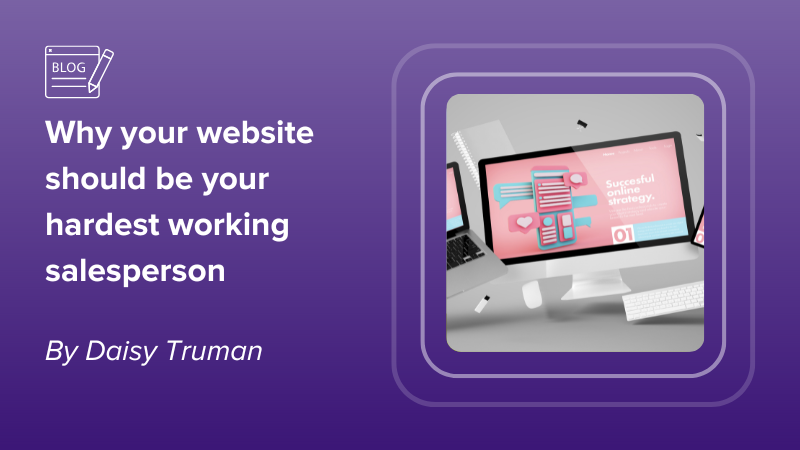2023 has been a challenging year for many. In today’s economic environment, companies of all sizes must achieve more with fewer resources. For B2B marketers that means driving more leads into the business with a smaller budget. While your B2B marketing strategy will encompass all available channels from digital marketing to offline activity such as events, the reality is all marketing channels point back to the website – your shop window – so it needs the wow factor to stand out from the crowd. You have seconds to capture a website visitor’s attention, not minutes. And let’s face it, B2B decision makers have higher expectations than ever before, we’ve become accustomed to relevant information at our fingertips, fast in the B2C world and we want it when making B2B buying decisions too.
But what if it’s not readily available? We’re all time poor, so we bounce to the next website (your competitor) and the next, until someone presents a compelling solution to the problem that’s easy to understand and a no-brainer to implement.
What’s the answer? Dish out those ‘aha’ moments on a plate. Make it easier for your website visitors to find exactly what they’re looking for: the information that’s most relevant to them.
How do we do this? Conversion Rate Optimization (CRO):
Focus on CRO marketing and what improves the conversion rate of your website. You invest in optimizing all your other marketing channels. Tweaking, testing, and making sure you get the biggest bang for your buck. Why not your website too? Every single channel and every piece of marketing activity is aimed at driving traffic to your website and even if the call to action is somewhere else, where do those prospects go to find out more about you? Your website!
B2B Buyers complete up to 70% of their research online before they even talk to a salesperson
Forbes
With buyers completing up to 70% of their research online before they even talk to a sales person, its imperative your website becomes as good as your best sales rep. And to do that, you need to optimize your prospects online journey, so they have instant access to the information most relevant to them.
Wondering where to start with CRO marketing? At the beginning
Step1 – Data-driven decision making:
Make data-driven decisions by leveraging the intelligence provided by Google Analytics, a tool widely used by the majority of businesses for reporting conversions. Take it a step further by using this data to identify:
- Where on your website people are converting
- Where you get the most traffic
- Which pages have the highest bounce rate
By looking at these areas you’ll know what is and isn’t working on your website; enabling you to focus improvements in the right places, that will make the most impact. It’s all about metrics, so go where the most action is and you’ll have the biggest results.
Step 2 – AB testing:
Now you know which pages you want to focus on (hint: it should be key pages that have the most traffic) set up AB tests on those pages. Version A can be your existing generic site which is designed to appeal to all website visitors and version B should be an audience specific version that has relevant copy, imagery and social proof tailored for a specific segment of your target market. Then let that test run. The data presented will demonstrate how your prospects interacted with both versions, telling you what works and what doesn’t. Its been proven time and time again that making decisions on anything other than data hinders growth and that the smartest businesses are making data driven decisions and growing at a faster rate.
Step 3 – Keep testing your CRO marketing:
We know as marketers our work is never done. We always test our other marketing channels to keep optimizing the results. You guessed it, it’s the same with your website too. So you’ve started wide, looking at where the most traffic and opportunity is, then look for your next biggest hitter, always focusing on where you can make the most impact.
This could be a specific channel that drives the most traffic to your site like PPC. Then creating a personalized experience based on the keywords someone searched for. Or you may want to turn your attention to specific industries or based on visitors behavior on your website. All of these are achievable through B2B website personalization. And they will of course impact the results you see across your entire marketing strategy.
Presenting the most relevant content to the right person, at the right time not only increases onsite conversion. It also increases time spent on site, page views, and reduces the bounce rate of your website traffic.
Don’t believe me? Do some AB testing and see for yourself. Data led decisions win every time.





